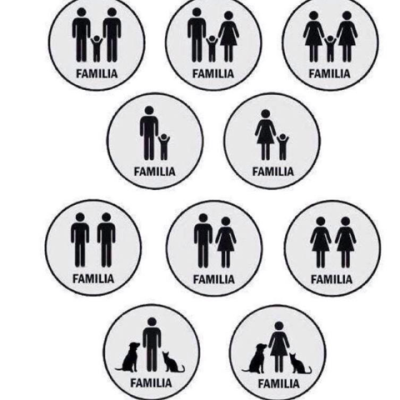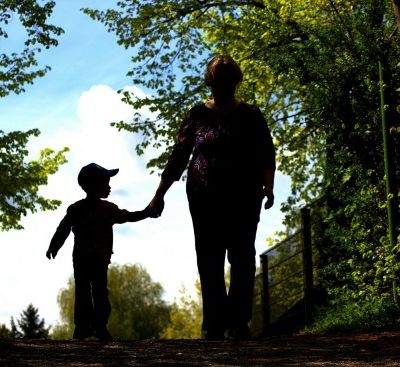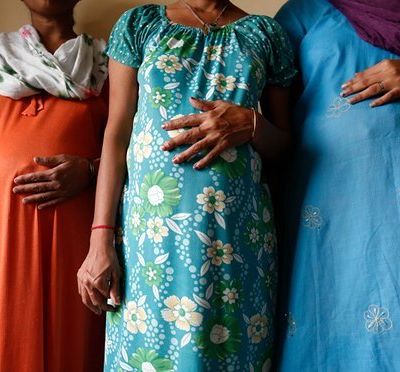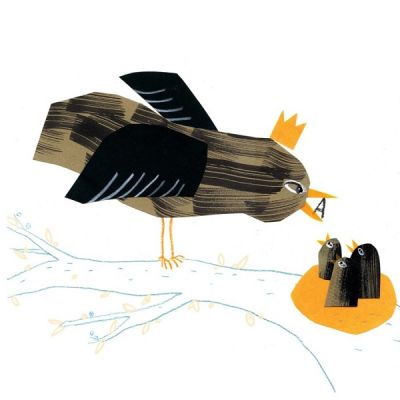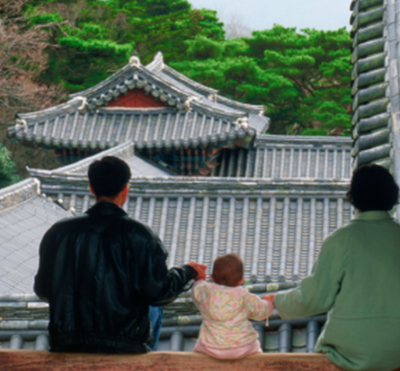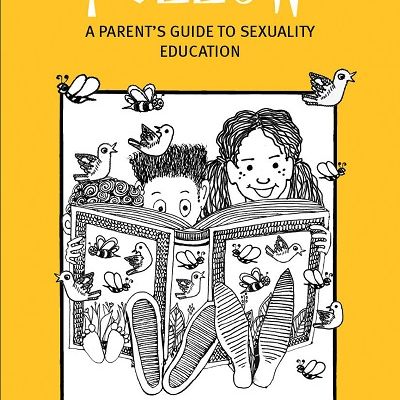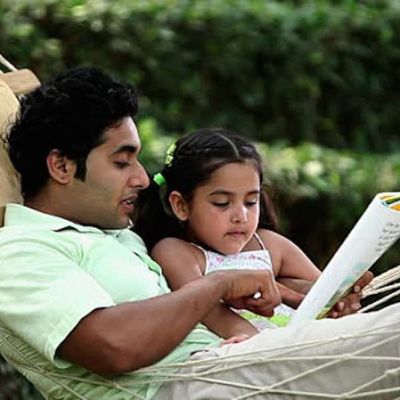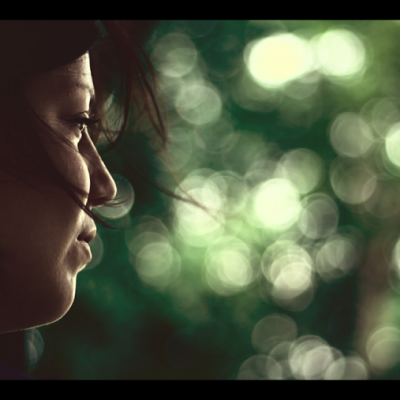parenting and sexuality
इस बात के अनेकों कारण हो सकते हैं कि महिलाएँ बच्चे क्यों नहीं चाहती हैं, ठीक वैसे ही जैसे इस बात के अनेकों कारण है कि वे बच्चे क्यों चाहती हैं। बच्चे होने के कारणों को सामान्य करार दिया जाना जबकि बच्चे ना होने की इच्छा को ‘सामान्य से अलग’ माना जाना, शर्मिंदा किया जाना और संदिग्ध की तरह करार दिया जाना, सभी के लिए नारीत्व का ‘एक ही अर्थ’ बनाने वाले है।
सामान्य तौर पर एक नारीवादी माँ का काम, जो रोज़मर्रा की चर्चा में यौनिकता के बारे में बात करने के लिए दृढ संकल्पी हो, अनिश्चितता से भरा है। अन्य नारीवादी दोस्तों के साथ बातचीत और संसाधनों जैसे तारशी की अभिभावकों के लिए लिखी गई उत्कृष्ठ किताब द यलो बुक से उत्पन्न मेरी रणनीति है कि सवालों का ठीक-ठीक जवाब देना, जब भी वे पूछे जाएँ। हालाँकि, मुझे उम्र के हिसाब से जानकारी देना सीखने में समय लगा।
I love children and have at various times in my life flirted with the idea of adoption. But I have known since I was a child that I did not want to birth children. I have never been vague or ambivalent about this decision. I have been consistently clear and concise that this is not my calling.
When working with parents on child sexual abuse prevention, I often get asked the question, “How old should my kids be before I talk to them about sexual abuse?” My usual response is, “How old do kids need to be before they can be sexually abused?”
There is something incommensurable about the phrase ‘queering mothering’ – the two words put together, ‘queer’ and ‘mother’. We think of motherhood as a relationship between a ‘woman’ (the biological mother) and her child. Nevertheless, there are a number of people who form bonds with a growing child.
Little Pappu asks his father innocuous questions about all kinds of things to do with sexuality, and while his papa tries reluctantly at first to address his curiosity, he soon finds light-hearted and honest ways to explain concepts to his son.
As a society, in our platforms of exchange of goods, products and services, how are we approaching parenting, children or sexuality? Stores are clearly catering to the constructed parent and child. There’s lots of toys, clothes, diapers, bedsheets and cute dangling, fluffy things to cluck at in stores catering to parent and child as a combination thali (platter). The day I see personal and sexual hygiene products in a store catering to mom and a teenaged me, I will kick up my heels and bray.
The draft Bill appears to have been framed without addressing the actual concerns of the surrogacy arrangements in India, and could do more harm than good by leading to the exploitation of women.
How much do our parents teach us about ourselves? If science and psychology have proved that sexuality and sexual development grow and bloom in the course of our lives along with our other faculties, what role do our parents have in what we learn about sexuality? And, as parents, surely there’s so much we learn about sexuality, ourselves, and everything else from essaying the role? To parent is to learn how to teach what we already know, and to be able to receive more than a few surprise lessons ourselves.
South Korea is planning to provide people with lifelong parenting education in the hope that it will prevent child abuse, it’s reported.
In a country with a burgeoning population that still doesn’t believe in talking about sex openly, the book wants to help parents and teachers deal with uncomfortable questions rather than brush them under the carpet. To ensure that young children are not dismissed, distracted, or confused by adults who are too awkward or even (gasp!) ignorant of biology.
Looking for birthday gifts for nieces and nephews in a favourite, well-curated bookshop in Delhi, we were dismayed that we couldn’t find any books that told the kinds of stories that we would like for kids today to read and hear.
One of the very first stories my daughter wanted to be told was how she was born. It was easy for me because I had a caesarean section but I knew that at some point I had to share with her that children come out of the vagina.
Shohini Ghosh uses examples from art history and photography as an interesting analytical tool to examine both the historical context as well as contemporary shifts in the way childhood is viewed.
Youngsters are bombarded every day with messages related to sexuality, sex and relationships from various sources. And we also know that not all the information they encounter prepares them well to make choices.

